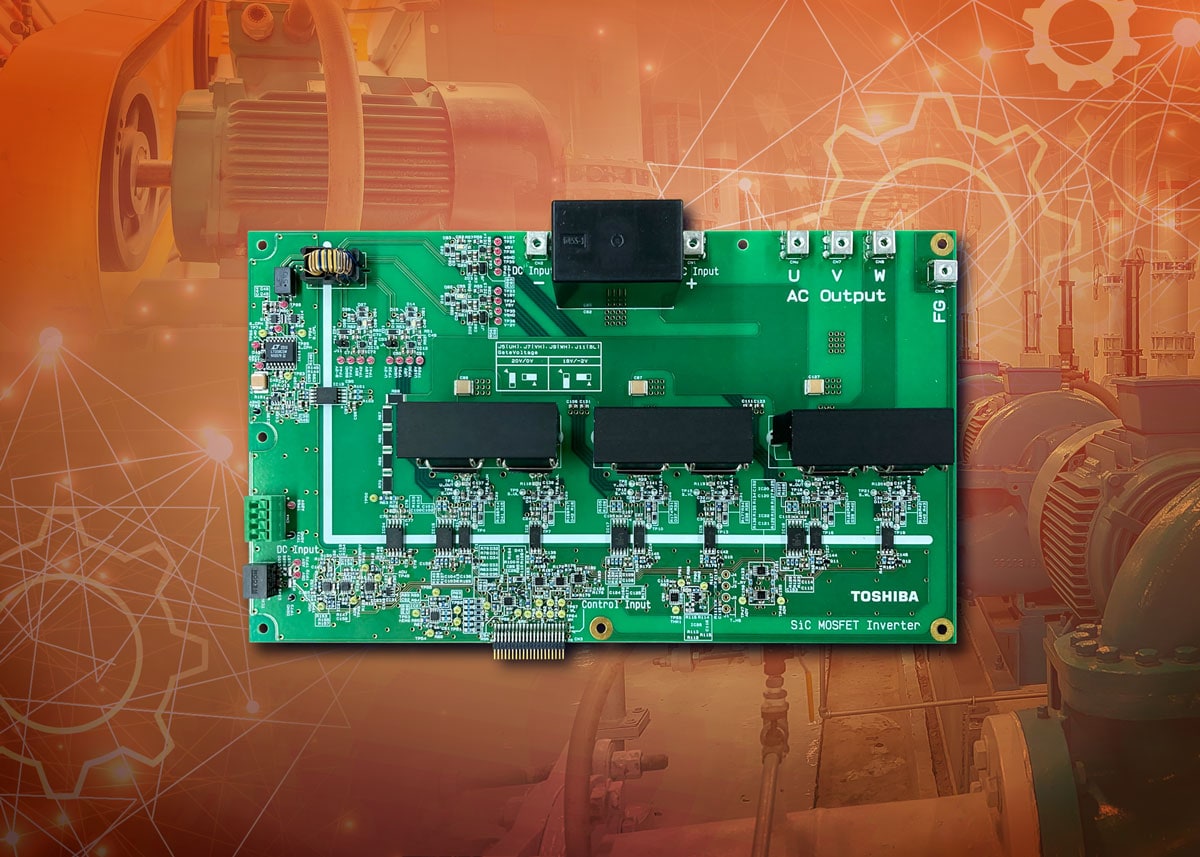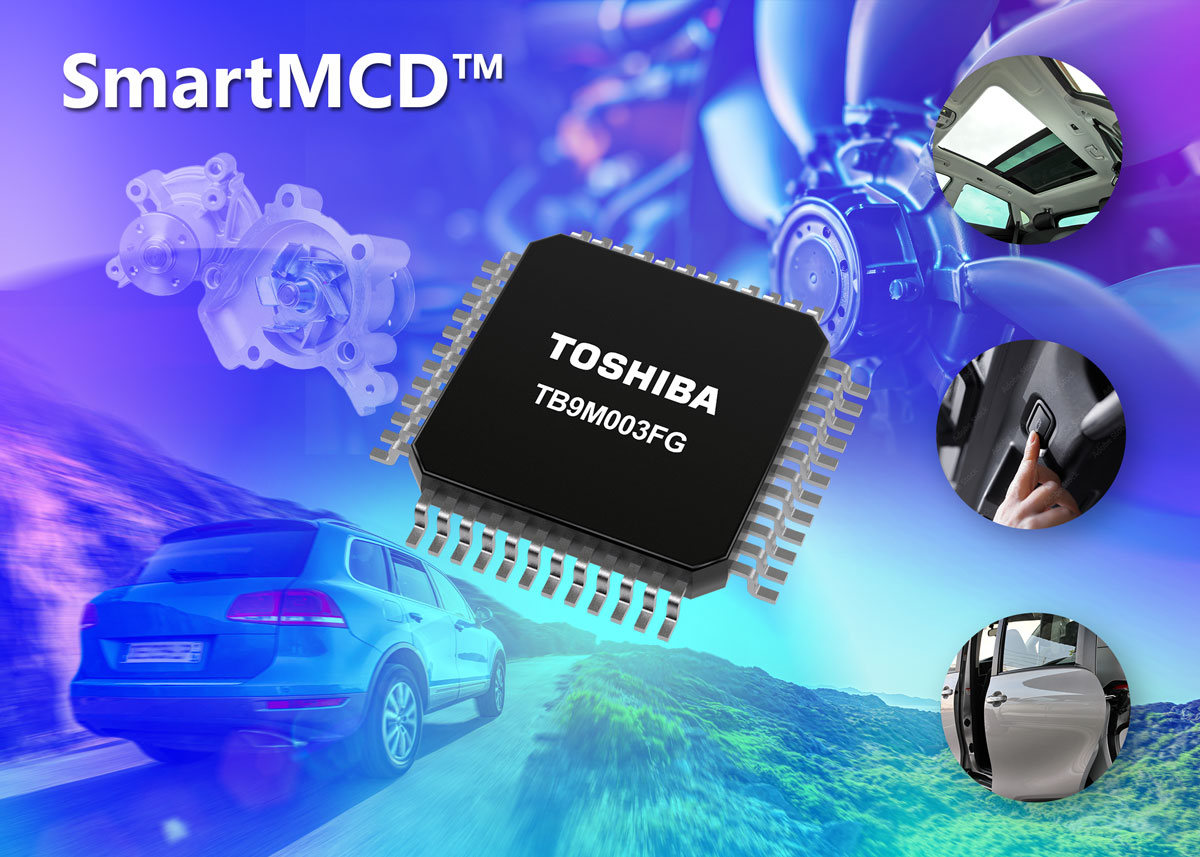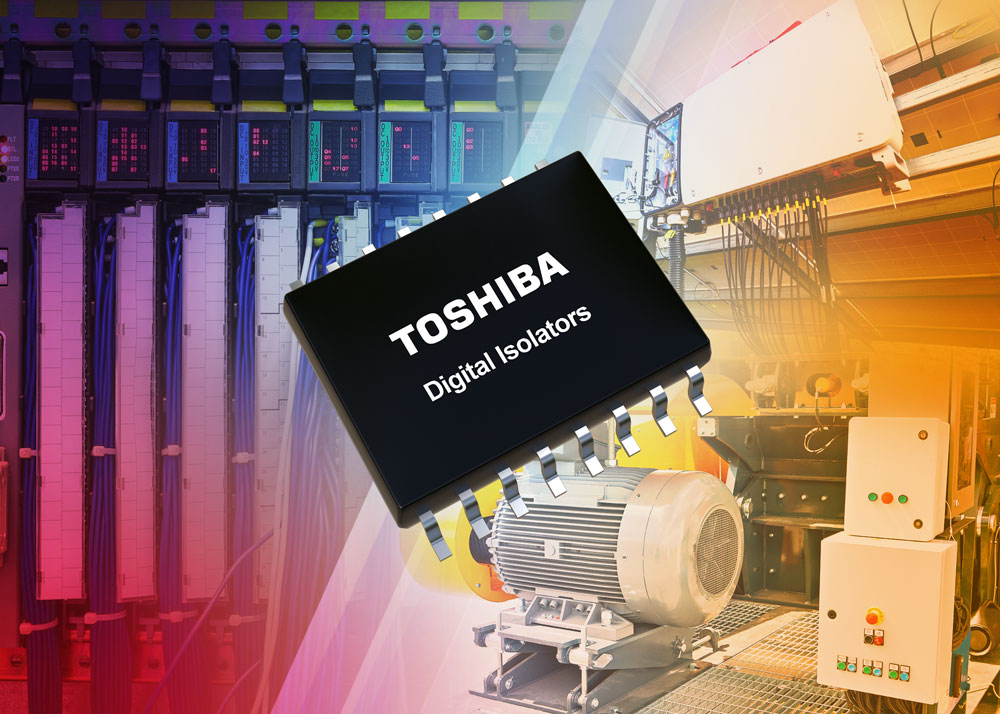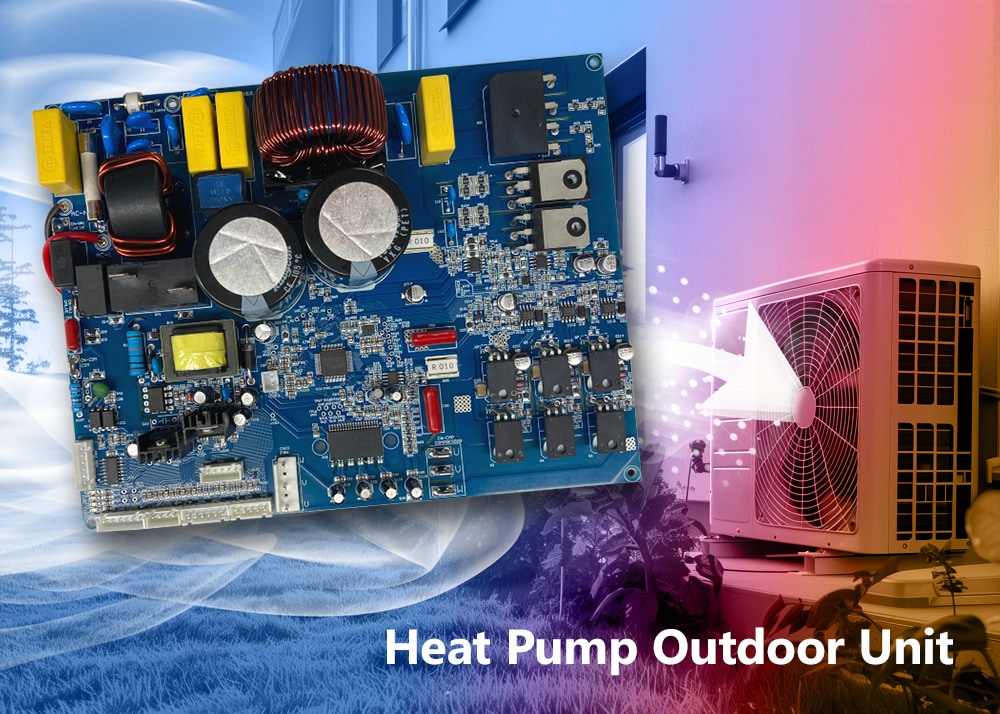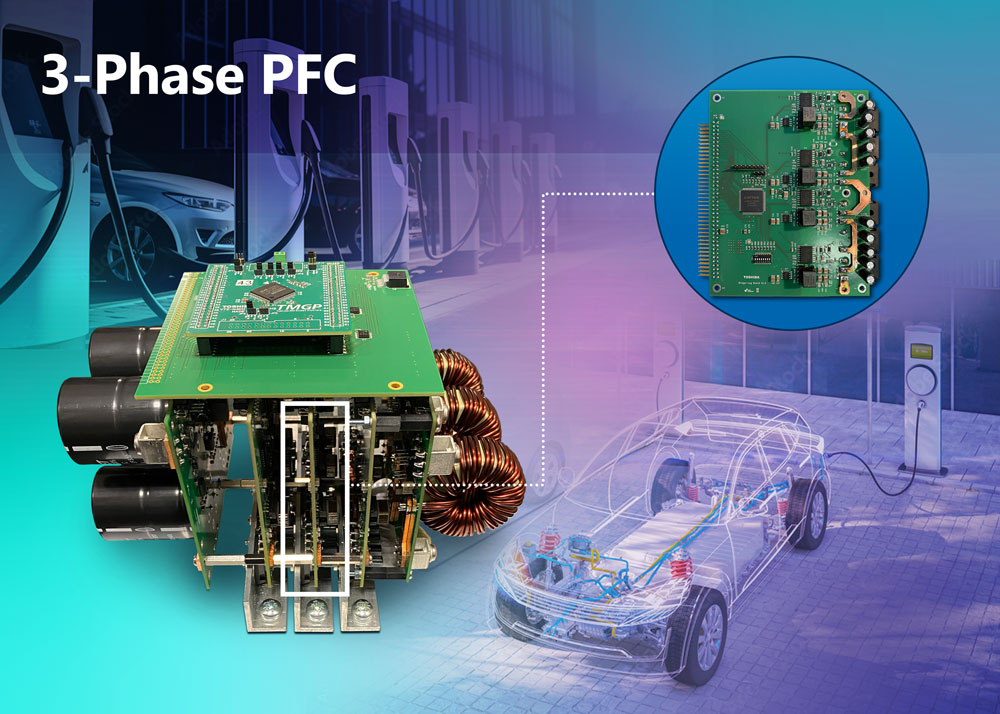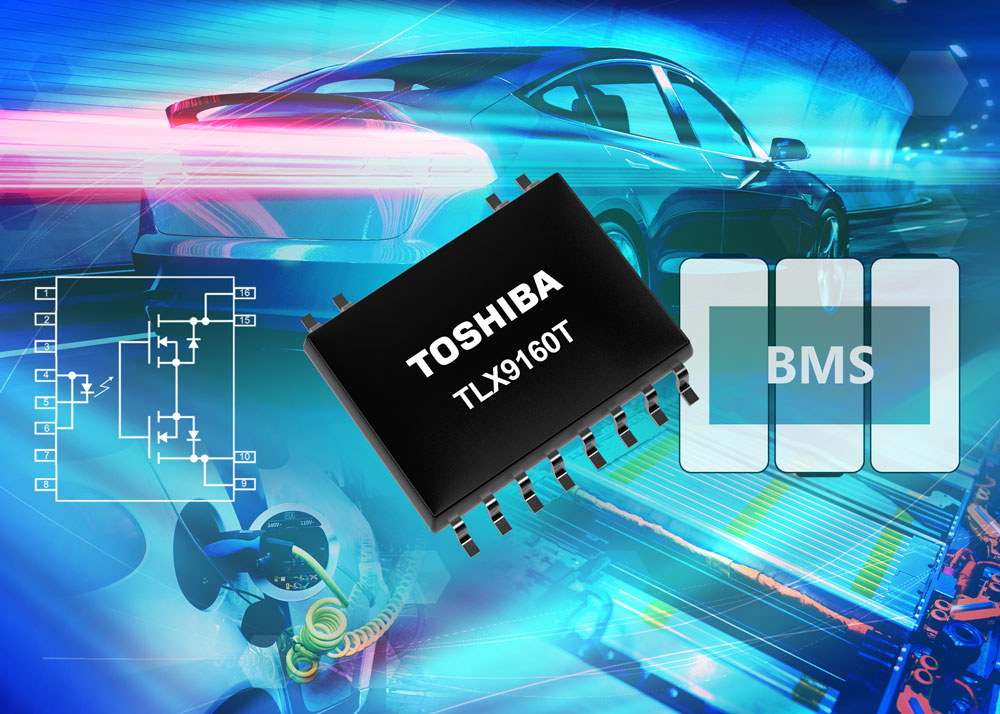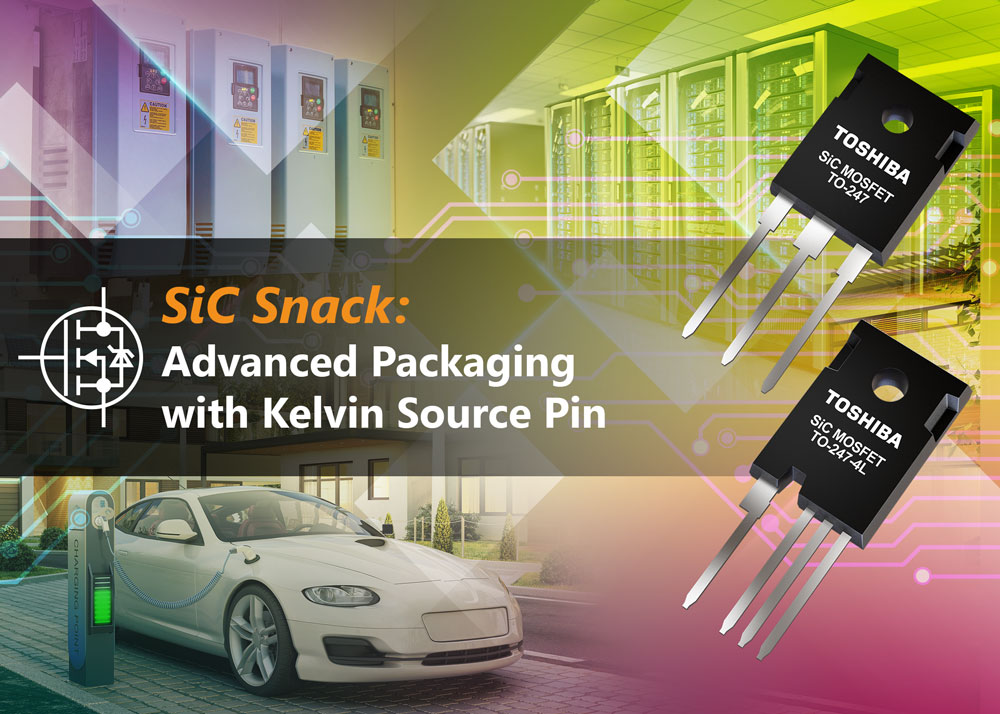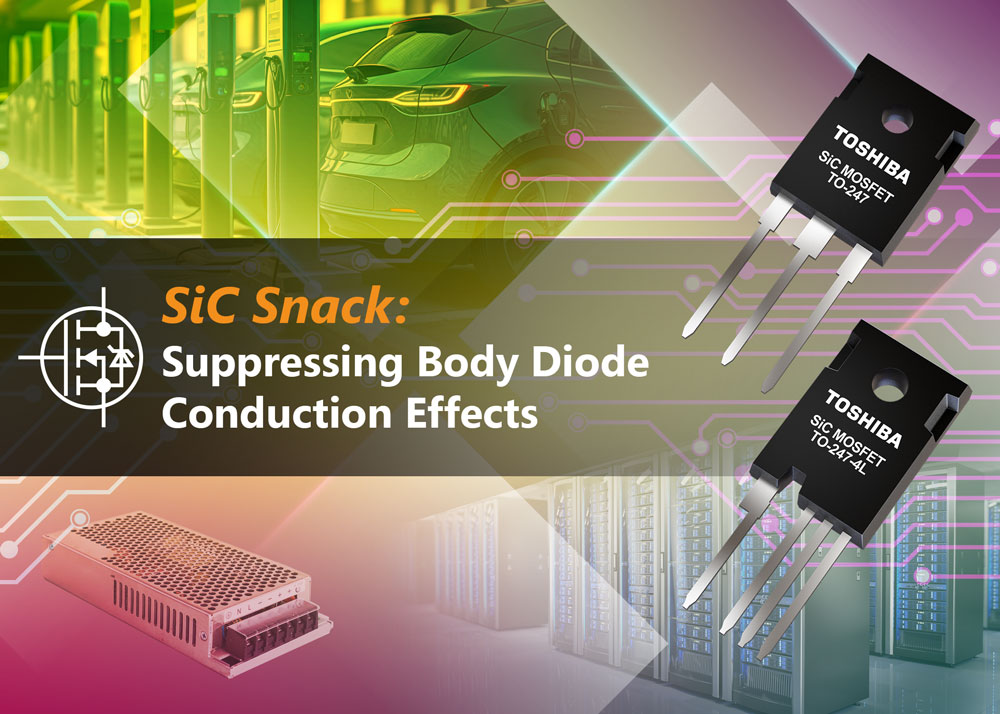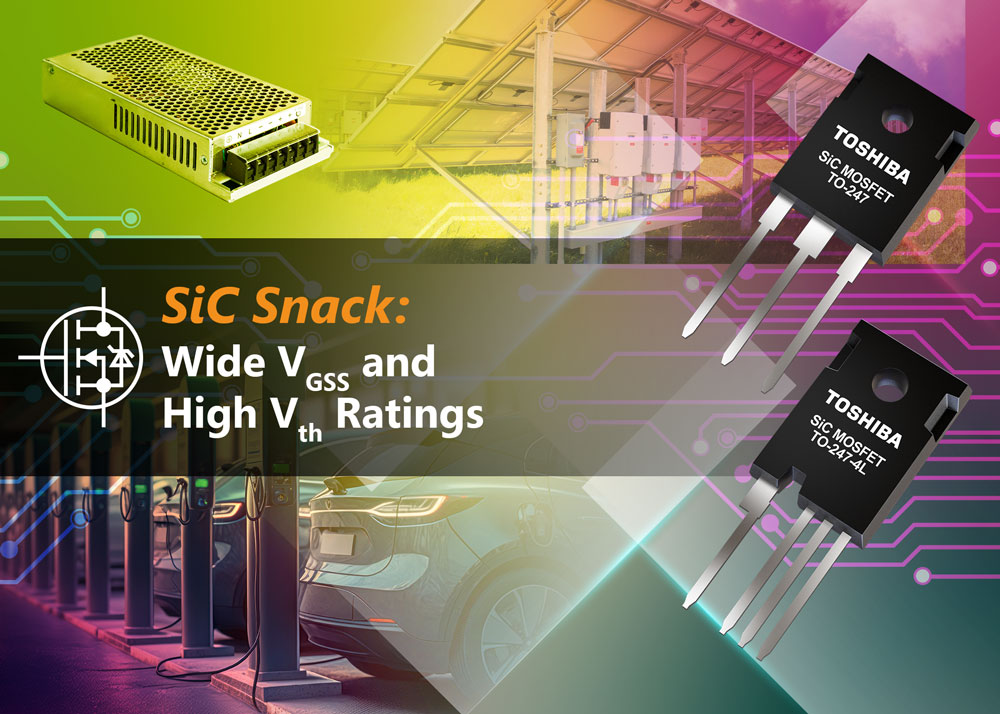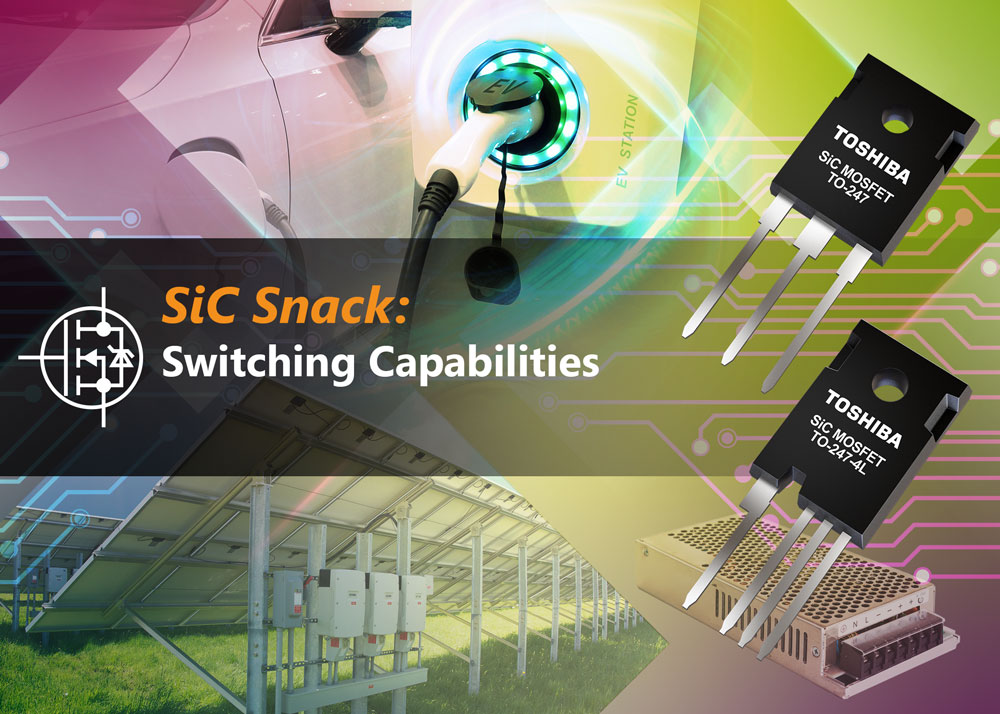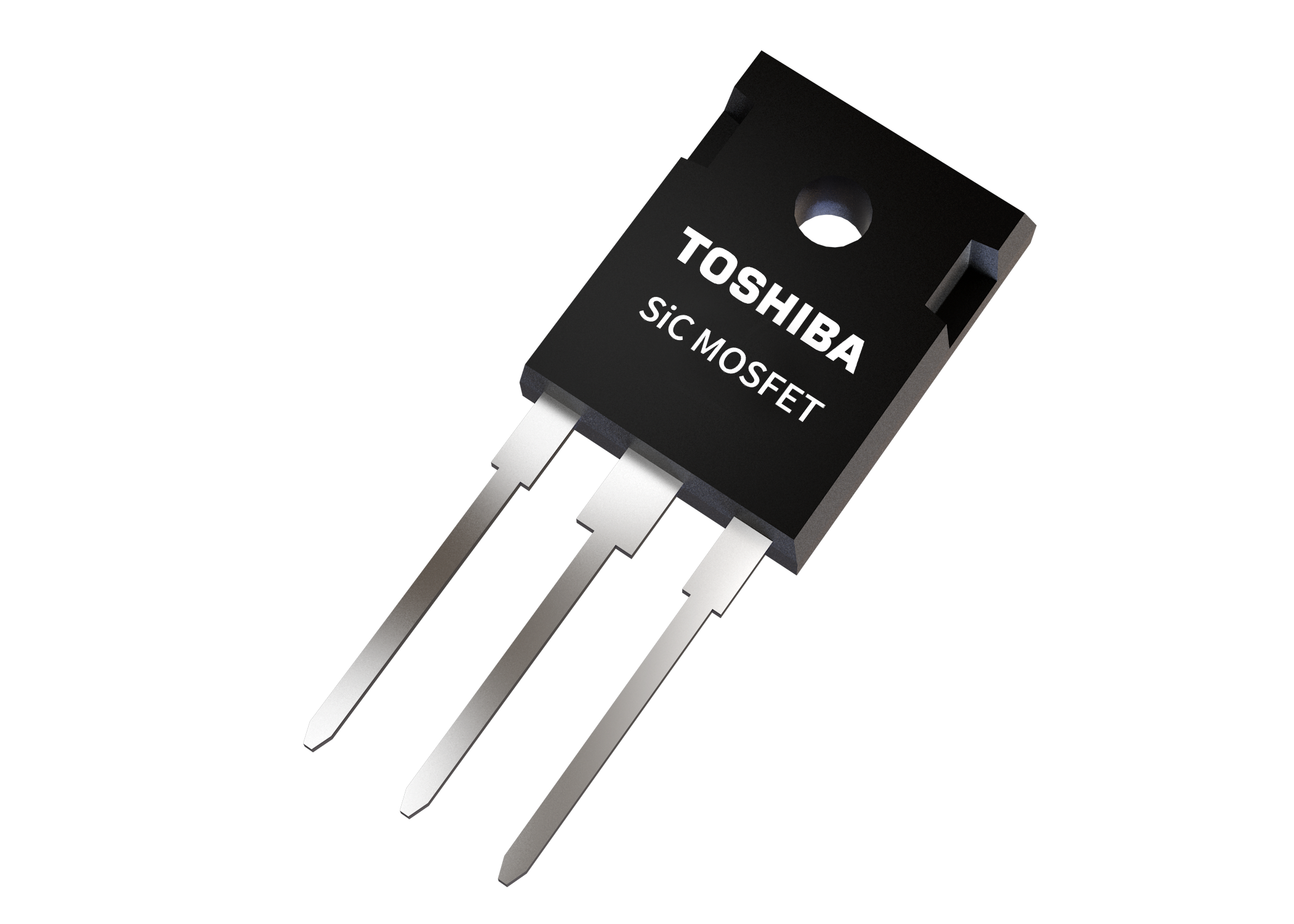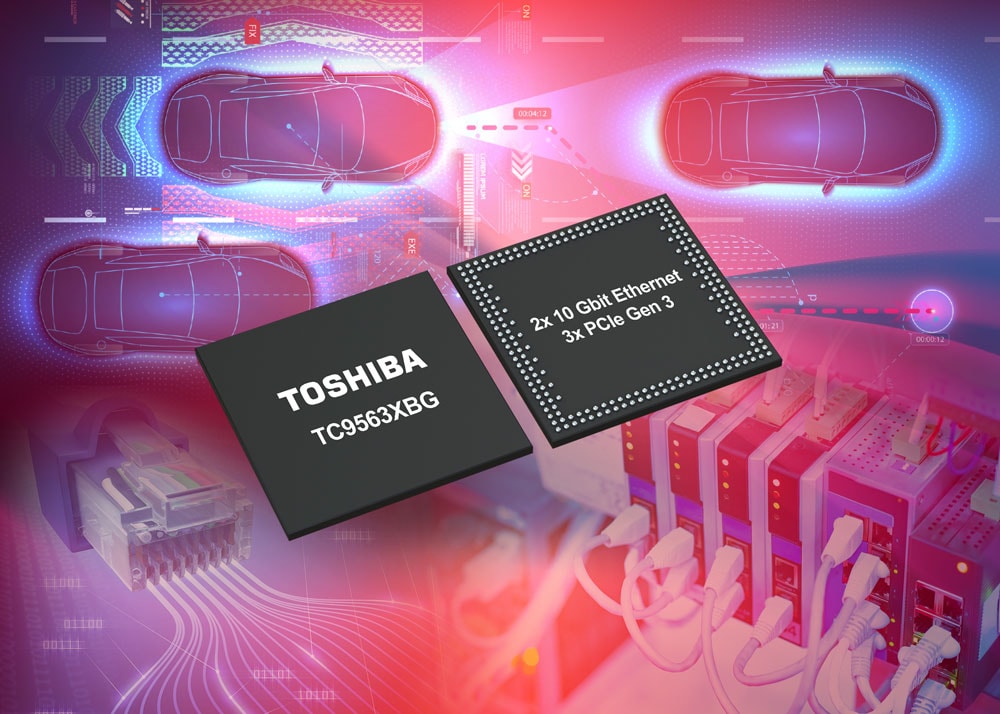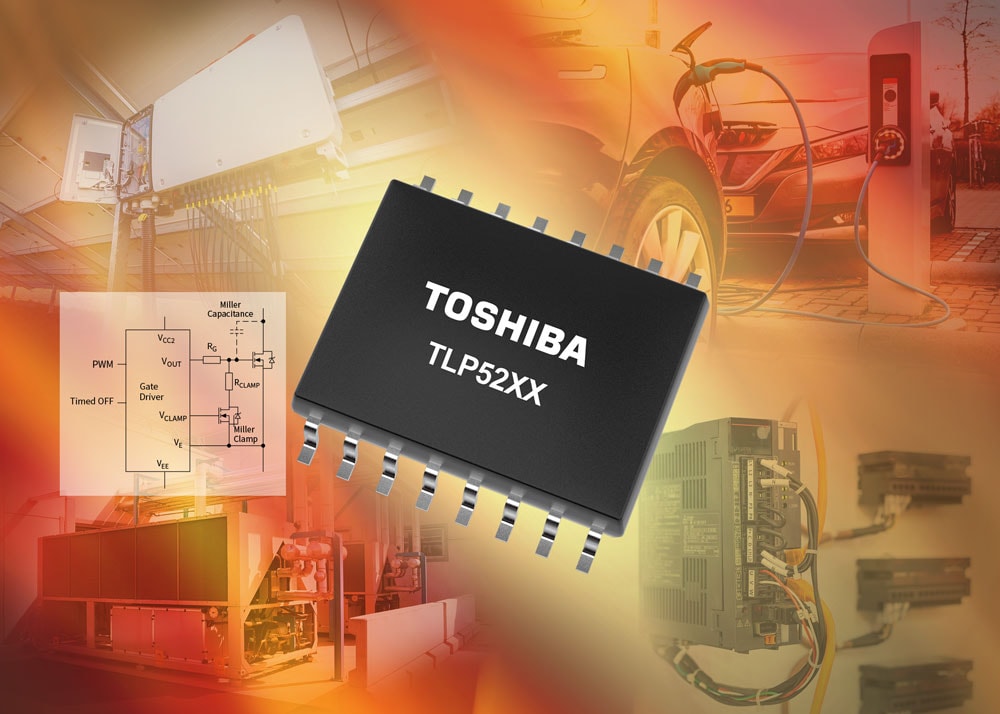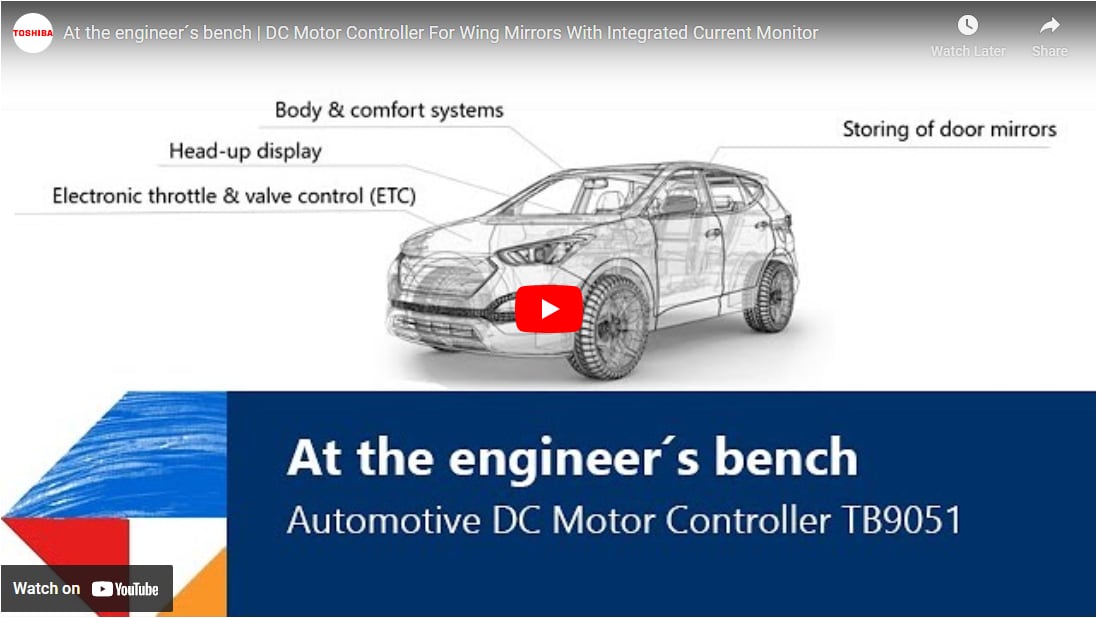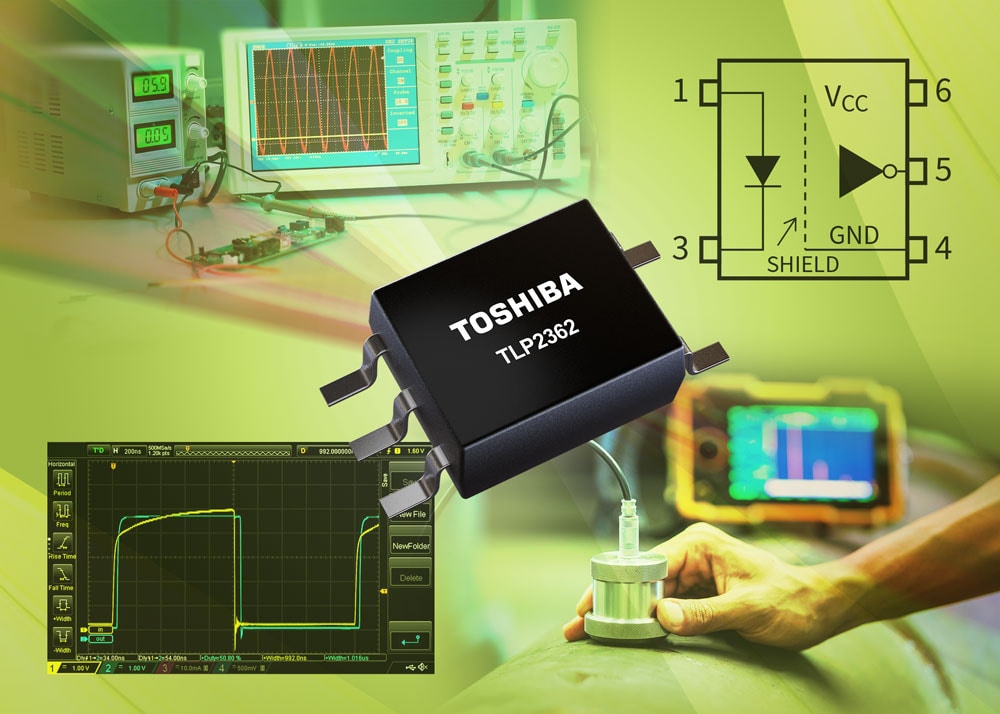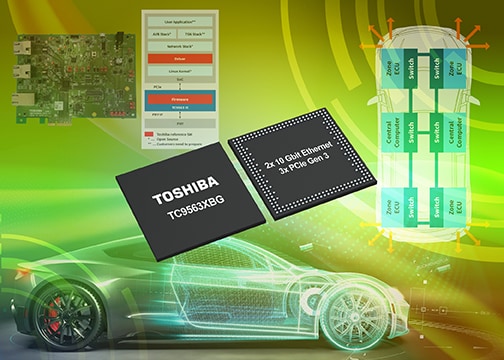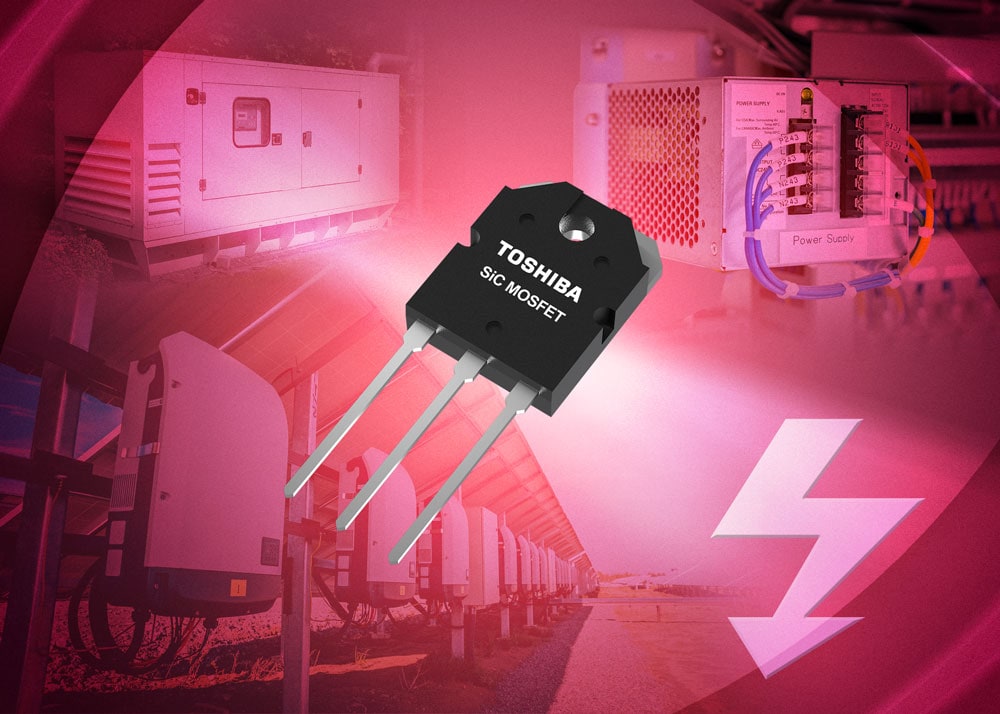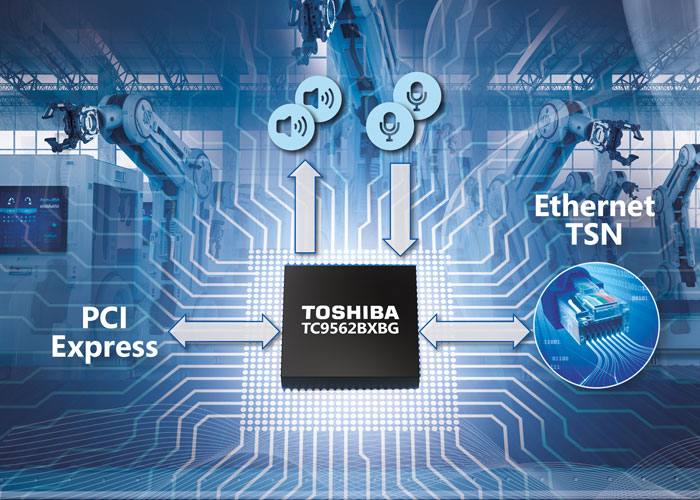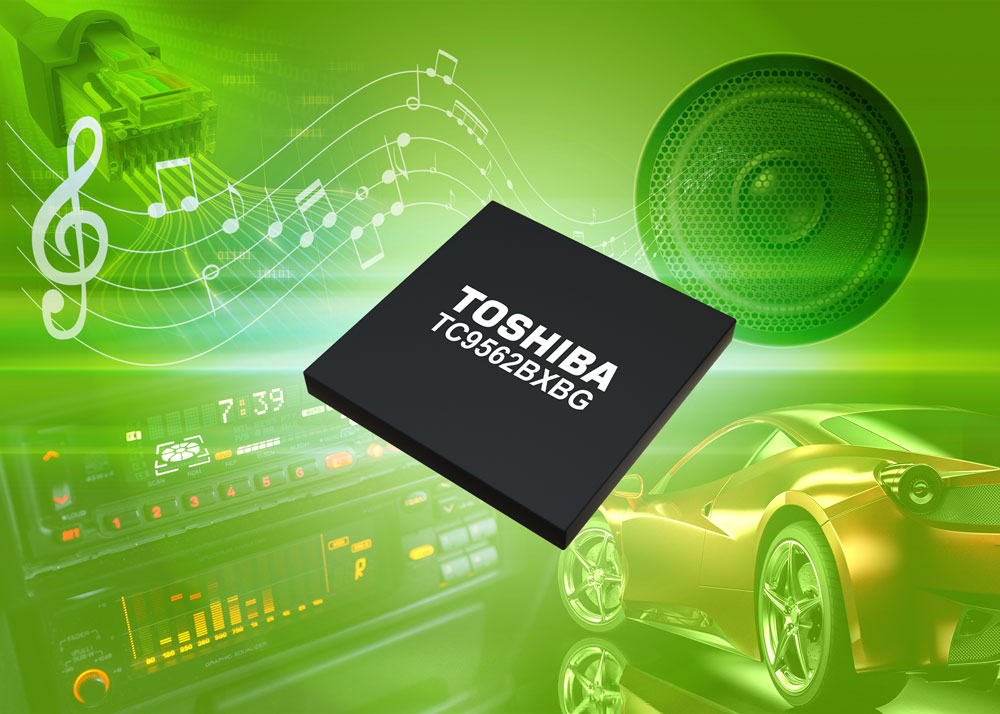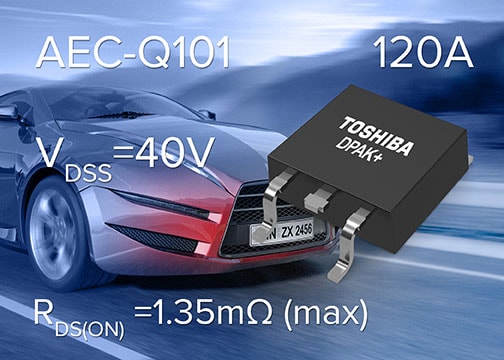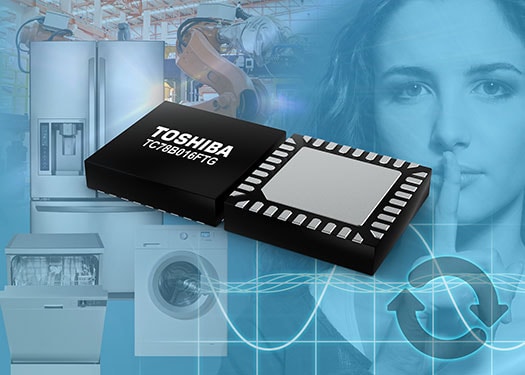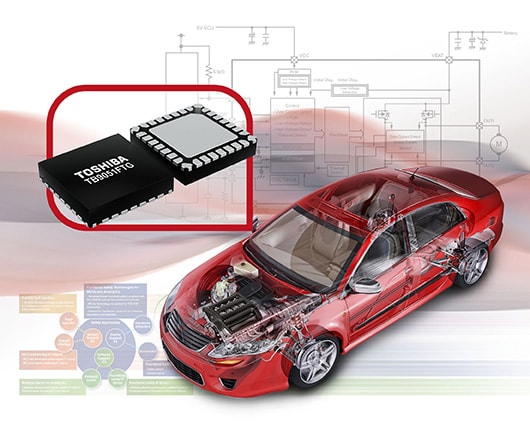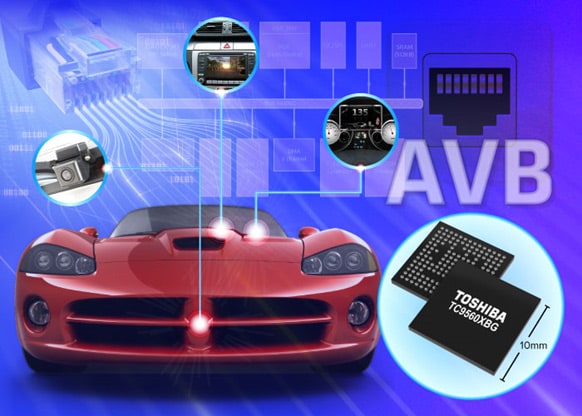- General Top
- SEMICONDUCTOR
- STORAGE
- COMPANY
-
My ToshibaSemicon
- Semiconductor Top
-
ApplicationsAutomotive
Body Electronics
xEV
In-Vehicle Infotainment
Advanced Driver-Assistance Systems (ADAS)
Chassis
IndustrialInfrastructure
BEMS/HEMS
Factory Automation
Commercial Equipment
Consumer/PersonalIoT Equipment
Healthcare
Wearable Device
Mobile
Computer Peripherals
-
ProductsAutomotive Devices
Discrete Semiconductor
Diodes
Transistors
Logic ICs
Analog Devices
Digital Devices
Wireless Devices
※
: Products list (parametric search)
Power SemiconductorsSiC Power Devices
※
: Products list (parametric search)
Isolators/Solid State RelaysPhotocouplers
Digital Isolators
Solid State Relays
Fiber Optic Transmitting Modules
※
: Products list (parametric search)
MOSFETsIGBTs/IEGTsBipolar Transistors※
: Products list (parametric search)
Diodes※
: Products list (parametric search)
MicrocontrollersMotor Driver ICsIntelligent Power ICs※
: Products list (parametric search)
Power Management ICsLinear ICs※
: Products list (parametric search)
General Purpose Logic ICsLinear Image SensorsOther Product ICsOther Product ICs
※
: Products list (parametric search)
-
Design & Development
Design & Development
Innovation Centre
At the Toshiba Innovation Centre we constantly strive to inspire you with our technologies and solutions. Discover how to place us at the heart of your innovations.
-
Knowledge
Knowledge
Highlighted Topics
Further Materials
Other
- Where To Buy
- Part Number & Keyword Search
- Cross Reference Search
- Parametric Search
- Stock Check & Purchase
This webpage doesn't work with Internet Explorer. Please use the latest version of Google Chrome, Microsoft Edge, Mozilla Firefox or Safari.
require 3 characters or more. Search for multiple part numbers fromhere.
The information presented in this cross reference is based on TOSHIBA's selection criteria and should be treated as a suggestion only. Please carefully review the latest versions of all relevant information on the TOSHIBA products, including without limitation data sheets and validate all operating parameters of the TOSHIBA products to ensure that the suggested TOSHIBA products are truly compatible with your design and application.Please note that this cross reference is based on TOSHIBA's estimate of compatibility with other manufacturers' products, based on other manufacturers' published data, at the time the data was collected.TOSHIBA is not responsible for any incorrect or incomplete information. Information is subject to change at any time without notice.
require 3 characters or more.
Bridging video interfaces to automotive SoCs with image enhancement capability
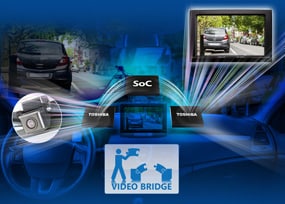
Getting into the latest vehicles, especially premium offerings, it is striking to see the number of displays being used. Not only has the center console made way to a large display for general interface needs and infotainment, the dials of the dashboard and even wing mirror functionality are moving to color displays too. Features such as reverse parking, camera-based wing mirrors, and 360° surround vehicle view depend on camera feeds that can handle the wide dynamic range of both daytime and nighttime driving conditions.
With the move to autonomous driving on the horizon, video entertainment is also likely to be an area of focus for consumers looking to fill their long journeys by catching up on the latest TV series. Rear-seat entertainment requires displays that are crisp and sharp. Furthermore, passengers may want to play back videos from their smartphone using the HDMI Alt Mode support of USB Type-C.
Over the lifetime of a vehicle model it is also possible that some of the components used may change. Cameras or displays may go into allocation, or dual-sourcing may require that components of differing functionality may need to be supported by a single electronic control unit (ECU). This may require parallel to CSI-2 conversion, HDMI to CSI-2, CSI-2 to parallel, or even DSI to LVDS. In such cases, configurable video bridges can go a long way to providing flexible support in such situations.
The parallel output of cameras cannot always be accommodated by the system-on-chip (SoC) devices used in ECUs. In such cases, a video bridge such as the TC9591XBG provides the necessary conversion required to the commonly found MIPI Alliance CSI-2 interface. Supporting a 1080P resolution at 60fps, the power consumption lies under 80mW. Additionally, the video bridge can be configured using the I2C interface, most likely already in use as part of the video configuration interface for the camera, or SPI.
With the introduction of the USB Type-C there is provision to also use the interface for the output of HDMI video. This uses the HDMI Alt Mode on devices supporting the standard. With this, the HDMI source of a smartphone may also need conversion to CSI-2 to allow playback of video in the vehicle. Here the TC9590XBG is ideally suited, supporting 1080P resolution at 60fps and handling High-bandwidth Digital Content Protection (HDCP) and Display Data Channel functionality.
To find out more about the solutions available for creating impressive in-vehicle infotainment experiences, take a look at our white paper available here:



